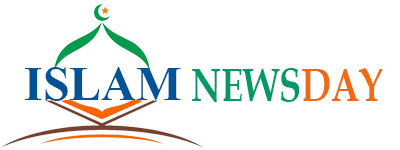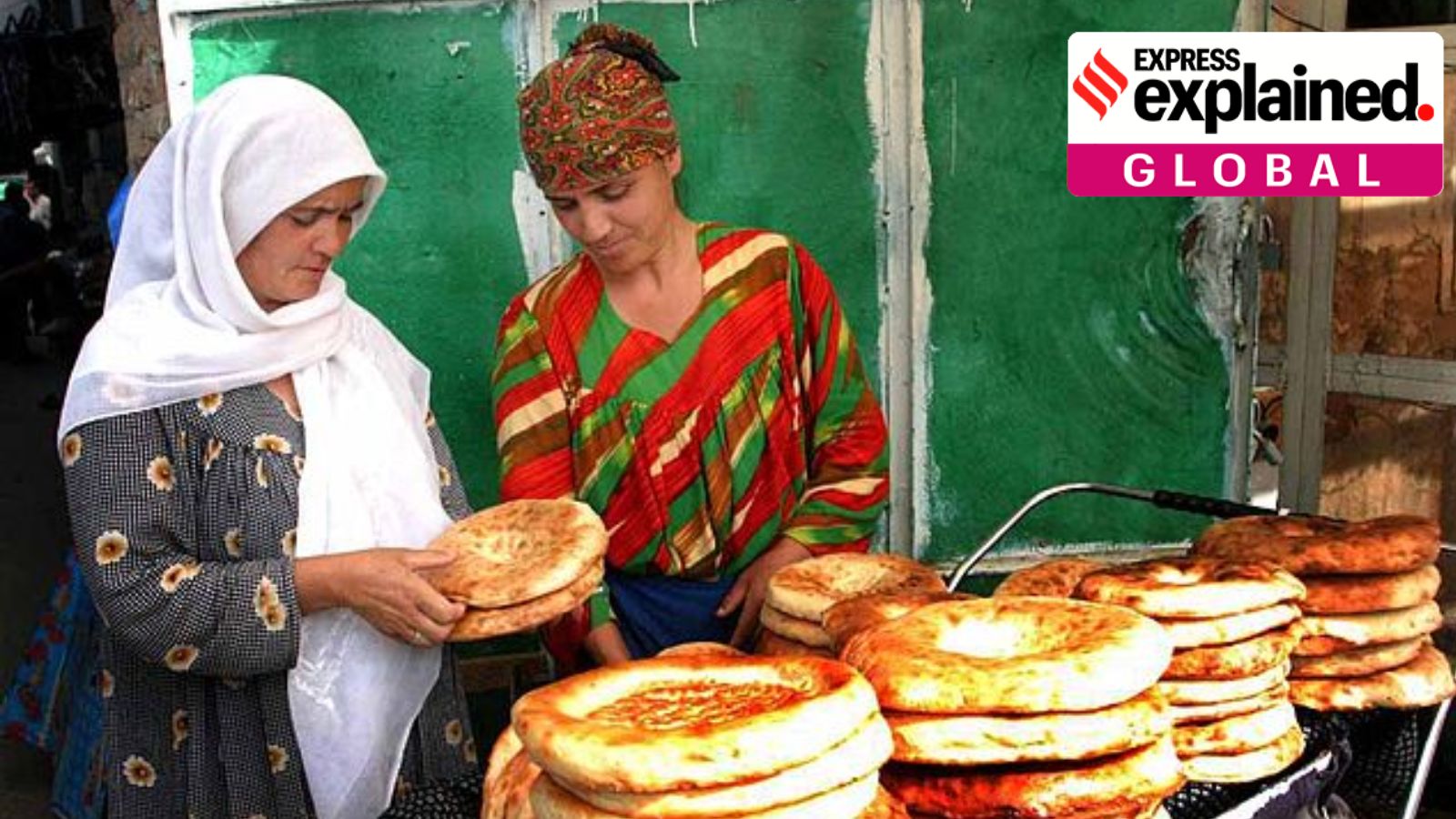After years of unofficial curbs on religious clothing, the Tajikistan government has moved to formally ban the wearing of the hijab in the country.
The Bill was passed by the lower house of the Parliament (the Majlisi Namoyandagon) on May 8, and approved by the upper house (the Majlisi Milli) on June 19, after Eid celebrations. This move gives legal weight to the remarks made by President Emomali Rahmon, who has referred to the hijab as “foreign clothing”.
Why does Rahmon seek to ban the garment in a country where around 90% of the population is Muslim? We explain.
What does the new law say?
It amends the existing law ‘On Regulation of Holidays and Ceremonies’ and forbids the “import, sale, promotion and wearing of clothing deemed foreign to the national culture”. Central to these changes is the ban on the hijab, the head covering worn by Muslim women, as well as other garments associated with Islam.
Violations may attract fines ranging from 7,920 somonis ($747) for individual offenders to 39,500 somonis ($3,724) according to Radio Liberty’s Tajik Service. The Bill also bans Eidi, the custom of children being gifted money during Eid and Navroz, as well as festivities around Eid-al-Fitr and Eid-al-Adha.

Why is the Hijab deemed “foreign”?
The hijab ban is the latest in a series of steps from President Rahmon, who heads a secular government, to promote what he has deemed “Tajiki” culture and minimise the visibility of public religiosity. It is deeply linked to his politics and grip on power.
Rahmon has served as the President of the Central Asian nation since 1994, with his 30-year rule marking one of the longest in the region. Early on in his career, he was positioned against more religious political parties.

He served as a people’s deputy to the erstwhile Soviet Socialist Republic of Tajikistan, which was then a constituent state of the USSR. Following the collapse of the Soviet Union in 1991, the country witnessed a civil war between Soviet sympathisers (Rahmon was a part of this group) and ethnoreligious clans that constituted the United Tajik Opposition.
After widespread protests against the extent of poverty and lack of economic opportunities in the country, Rahmon emerged as the winner of the 1994 presidential elections. He heads the People’s Democratic Party of Tajikistan, which has been in power since 1994.
Over the decades, he has instituted changes to the country’s constitution to cement his authority. The most sweeping of these changes came in 2016 when the Constitution of Tajikistan was amended to remove the limit on the number of presidential terms. He has also banned faith-based political parties that could challenge his own.
Massoumeh Torfeh, a former spokesperson for the UN Mission of Observers in Tajikistan and journalist, wrote in Al Jazeera in 2015 about the country’s increasing religious restrictions: “The Tajik president’s nervous disposition toward clothing is the result of increasing religiosity among the general population after the breakup of the Soviet Union. New mosques have been built attracting more people for prayer, more Islamic study groups have appeared and more women and men have donned Islamic-style dress. At the same time, Islamist armed groups have been active in the border areas of Tajikistan and Afghanistan.”
However, some analysts argue that threats from radical Islam are overblown in many Central Asian countries. While there were increased public religious activities in the country, the idea that Islam was “revived” in the region only after the Soviet rule ended is not very accurate. Islamic practices formed a part of the local cultures and traditions even during Soviet control.
Similar rules introduced earlier
A law regulating holidays and ceremonies was passed in 2007 to prohibit Islamic clothing and Western-style miniskirts. This effectively led to a ban on the hijab for students, and eventually in all public institutions.
President Rahmon began his campaign in earnest against the hijab in 2015, calling it “a sign of poor education.” In 2024, he doubled down on this issue saying, “Xenophobia in clothing… Wearing foreign clothes with fake names and hijab, is another pressing issue for our society.”
In 2017, the government embarked on a campaign using automated phone calls urging women to wear Tajiki dresses. A year later, it released a 376-page handbook on appropriate clothing for women, titled ‘The Guidebook Of Recommended Outfits In Tajikistan’. The guide lists acceptable garment materials, lengths, colours and shapes, and allows for a coloured head-scarf to be used only in the traditional Tajik sense — tied behind the head without covering the face and neck. It bans black garments at funerals, recommending a blue outfit with a white headscarf.
Over the years, the government has also stopped and forcibly shaved men with bushy beards.



